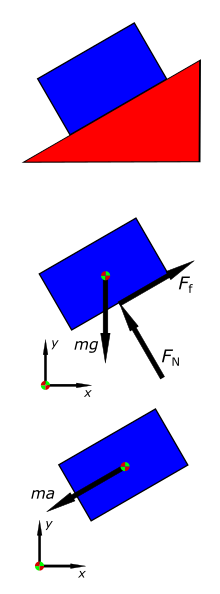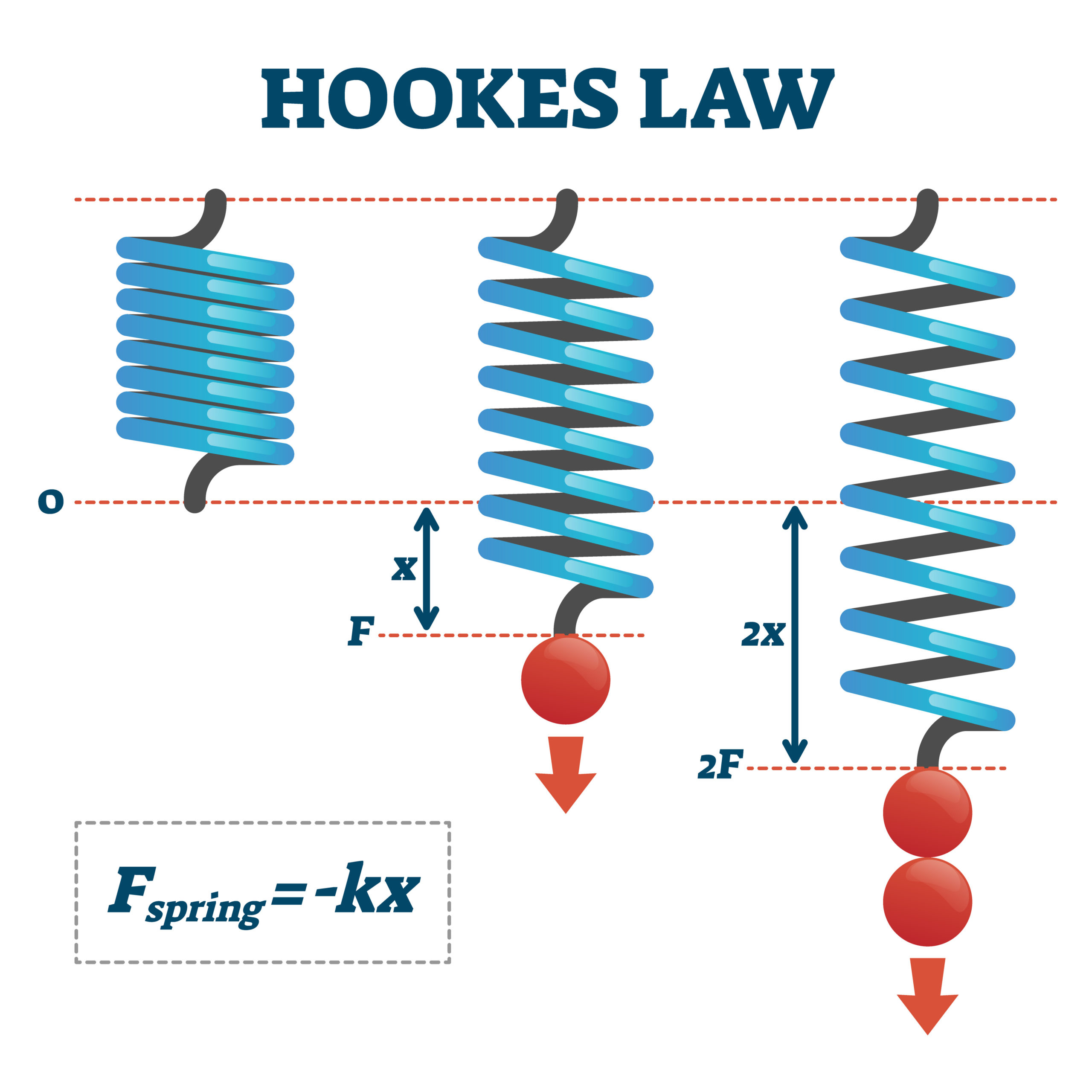Cast Iron vs Cast Steel: How to identify Cast Iron and Steel
Cast iron and cast steel are both types of cast metals that are produced by pouring liquid metal into molds. Cast iron is an iron-carbon alloy that typically contains 2-4% carbon, 1-3% silicon, and small amounts of other elements. It…
Most Common Types of Steel | Grades, Manufacturing of Steel
Steel is an alloy of iron and carbon, along with small amounts of other elements. The carbon content in steel varies from less than 0.01% to around 2%, depending on the type of steel. The most common types of steel…
Free Body Diagram: Definition, Purpose, Examples, Steps
A free body diagram (FBD) is a pictorial representation of an object and the forces acting on it. It is used to simplify and analyze the forces acting on a body in order to determine the net force and the…
Types of Pipe Fitting for Piping and Plumbing Industry
Pipe fitting is the process of connecting and disconnecting pipes, valves, fittings, and other equipment to make a plumbing or piping system. It involves the use of various tools and materials, such as pipe wrenches, pipe cutters, Teflon tape, and…
What is Pressure Drop? Piping Pressure Drop Equations and Calculation
Pressure drop refers to the decrease in pressure that occurs as fluid (such as water or air) flows through a pipe or other passage. This decrease in pressure can be caused by a variety of factors, including friction between the…
Maximum Shear Stress Theory
Maximum shear stress theory, also known as Tresca’s criterion, is a failure theory for ductile materials that states that a material will fail when the maximum shear stress exceeds a certain value, known as the shear yield strength. This theory…
Types of Piping Drawings
Piping drawings, also known as piping plans or schematics, are technical drawings that show the layout and design of a piping system. They are used to guide the installation, maintenance, and repair of the system. These drawings typically include the…
Thrust Block Design | Working of a Thrust Block in Pipelines
A thrust block is a structural component that is used to transmit the thrust force of a rotating shaft to the surrounding structure. It is typically used in machinery and equipment that has a high-thrust load, such as pumps, compressors,…
Hooke’s Law: Statement, Equation, Graph, Applications, Limitations.
Hooke’s Law states that the force (F) required to extend or compress a spring by some distance (x) is directly proportional to that distance. The constant of proportionality is known as the spring constant (k). The mathematical equation for Hooke’s…
Piping Support: Types, Purpose, Design, Codes, Optimization Rules
Piping support refers to the structural and mechanical components that are used to secure and stabilize piping systems in industrial and commercial facilities. These supports are designed to keep the pipes in proper alignment, absorb vibration and thermal expansion, and…










